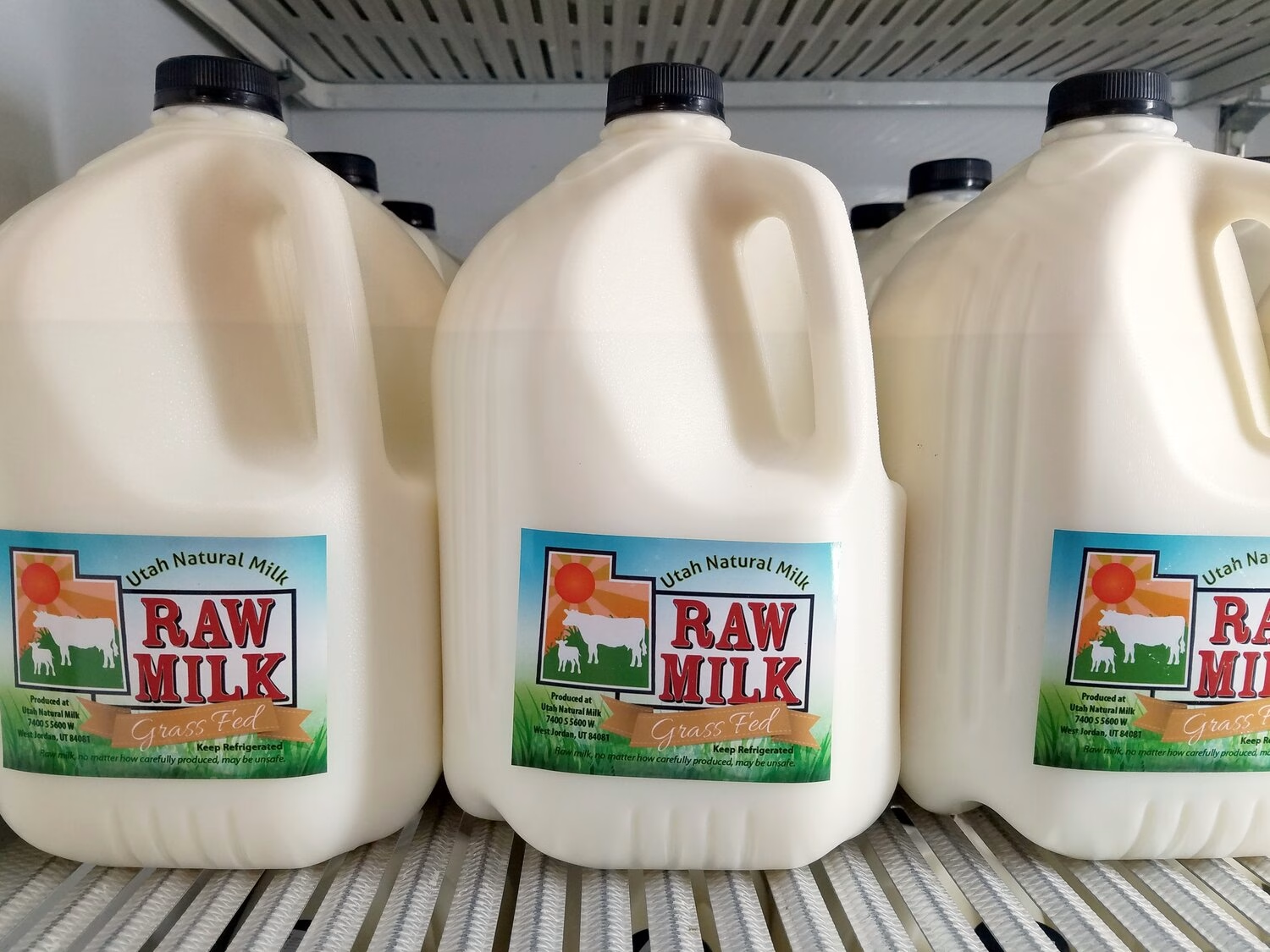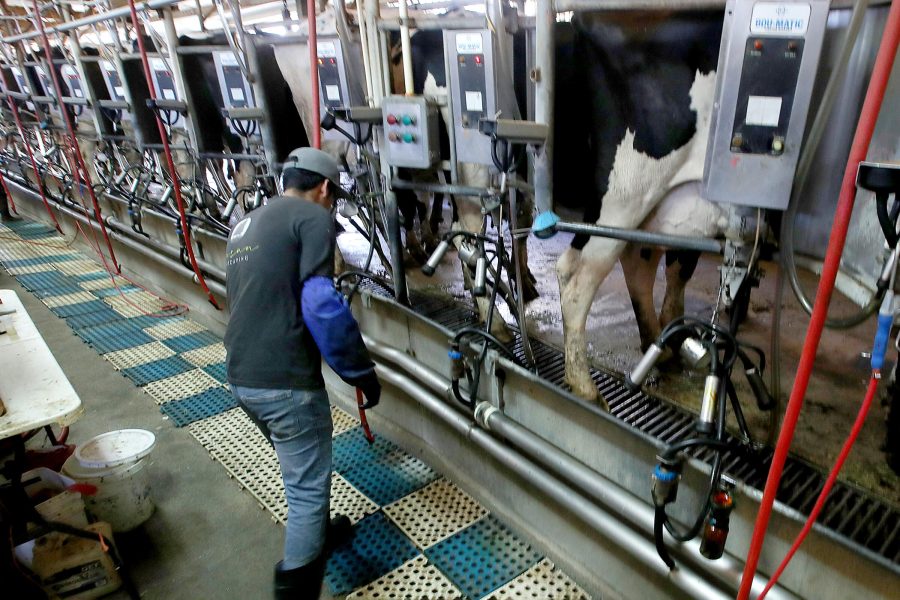Why are New Zealand dairy farmers facing a tough season? How will moisture levels and market shifts impact your farm’s profits? Keep reading to find out.
Summary: Dairy farmers in New Zealand are navigating a challenging start to the 2024-25 milking season with a slight dip in milk production and solids. According to the Dairy Companies Association of New Zealand, initial June figures show a 0.9% decline in milk production and a 2.2% drop in milk solids compared to last year. Despite a higher opening milk price from Fonterra, these numbers raise concerns, particularly with industry expectations of further declines in July. However, hope persists as forecasts predict increased volumes later in the season. Farmers closely monitor moisture levels and weather patterns conducive to pasture growth, especially on the North Island. Internationally, New Zealand remains a crucial dairy exporter. Yet, shifts in global trade, particularly a reduction of exports to China, present new challenges. These changes underscore the importance of monitoring market dynamics and adapting to evolving conditions that could influence the dairy supply chain.
- The June 2024-25 season saw a 0.9% drop in milk production and a 2.2% decrease in milk solids.
- Fonterra’s opening milk price for the new season shows a slight increase.
- Industry experts expect further declines in July, with an upswing in production predicted for August to October.
- Current moisture levels on North Island and favorable weather forecasts support pasture growth.
- Global trade shifts, notably reduced exports to China, create new market challenges for New Zealand’s dairy industry.
- Farmers are cautious about the evolving market dynamics and the importance of adaptability in the dairy supply chain.

The 2024-25 milking season presents challenges as output figures fall short of expectations. Are you prepared for what lies ahead? With milk collections down 0.9% and milk solids down 2.2% compared to the previous year [DCANZ Statistics], evaluating the elements that might affect your bottom line is essential. The dynamics of the local and global economies pose important considerations concerning our preparedness, and your involvement is critical in dealing with these issues.
Consider the following significant issues:
- Mitigating the effects of diminishing milk solids production.
- Addressing possible swings in global dairy demand, notably from China.
- Adapting to changing weather patterns that may impact pasture conditions.
Being proactive and well-informed is an essential and potent tool in our arsenal as we confront these challenges. What strategies are you employing to stay ahead in this volatile landscape?
| Season | Milk Production (Million Pounds) | Milk Solids (Million Pounds) |
|---|---|---|
| 2022-23 | 515 | 46.1 |
| 2023-24 | 502 | 45.8 |
| 2024-25 (Forecast) | 503 | 44.8 |
Are We Seeing the Dawn of a Dairy Dilemma?
As we begin the 2024-25 milking season, the preliminary numbers have aroused some questions. Milk output has declined by 0.9% since June 2023. While June usually sees the lowest collecting statistics of the year, the 2.2% decline in milk solids is especially concerning. We recognize that milk solids are a critical source of income for many Kiwi farmers, and we deeply appreciate your efforts and dedication in this area.
So, how does this affect our daily heroes? With milk solids down to only 44.8 million pounds from last year’s period, the financial consequences might be felt across their budgets. Given that supplementary feed is a significant expenditure for New Zealand growers, these lower margins may make it challenging to balance their books. Farmers may need help to break even this season, especially with rising overhead expenditures. We appreciate the passion and hard work you put into your farms and are here to help you during these difficult times.
Can Fonterra’s Milk Prices Save the Day?
Fonterra’s starting price for the 2024-25 season ranges between $7.25 and $8.75 per kilogram of milk solids (kgMS), essential for dairy producers looking to remain afloat. The $8/kgMS midpoint is slightly above the previous season’s final $7.90/kgMS midpoint.
However, Dairy Market News warns that a $8.31/kgMS price is required to break even. The rising cost of additional feed, a significant expenditure, has increased strain on dairy businesses. Overhead expenses follow closely, eroding business margins. Inflation and geopolitical uncertainty exacerbate the situation, making it challenging to forecast and control expenditures properly.
But there is hope. Fonterra’s starting price indicates a buffer if market circumstances are favorable. While it represents a tiny increase over the previous season’s halfway, it may assist farmers in managing these tumultuous times. Milk solids are the true breadwinner; even modest price changes might mean the difference between profit and loss. Fonterra’s milk prices’ potential benefits should give you hope and optimism in these challenging times.
With these stakes, farmers must stay vigilant and adjust their techniques to obtain the highest price for their milk solids. Increased solids and higher milk prices might be the difference between profit and loss. Do you understand the stakes now?
Is the Weather Playing Favorites With Dairy Farmers?
According to the National Institute of Water and Atmospheric Research (NIWA), moisture levels on both islands are encouraging. Soil moisture levels on the North Island are close to historical norms, notably in the lush Waikato region, which has the country’s most significant dairy area. This is good news for pastures since it ensures they stay lush and nutritious for grazing. However, the South Island has a significantly different story. The Canterbury area, home to 20% of New Zealand’s dairy cows, is experiencing drier weather than typical. This mismatch is problematic for farmers since dry circumstances may severely influence pasture quality and milk output. However, NIWA remains hopeful, forecasting average or above-average precipitation from August to October, which might relieve some of these worries and offer optimal grazing conditions.
Will La Niña’s Wet Spell Be a Boon for Waikato’s Dairy Farmers?
The National Oceanic and Atmospheric Administration predicts a 70% chance of a La Niña event forming in the following months. This meteorological phenomenon is likely to provide wetter-than-usual weather, especially in the northeastern parts of the North Island, including the Waikato area. Because Waikato is New Zealand’s most significant dairy region, this enhanced rainfall has the potential to boost grazing considerably. The moist pastures will benefit dairy producers by possibly increasing milk output and helping to offset any early-season milk solids deficiency. La Niña’s prolonged rains may boost soil moisture levels, resulting in a more stable environment for cattle. This is especially important since Waikato’s historical soil moisture standards are already favorable, and more precipitation would only increase the viability of dairy production in the area. Understanding these potential benefits can help you plan your operations more effectively.
Are Shifts in Global Trade Unsettling New Zealand’s Dairy Dominance?
New Zealand remains a dominant player in the global dairy market, esteemed as the top exporter of dairy products worldwide. The importance of these overseas sales cannot be emphasized since they are critical to the health of the nation’s dairy sector. However, changes in export patterns have started to alter the balance. Have you seen recent shifts in trading between China and Algeria?
New Zealand’s whole milk powder exports increased 7.4% year through June compared to January to June 2023. However, despite this increased tendency, sales to China and Algeria, who have long been the biggest consumers, have fallen dramatically. This decline is particularly concerning since China’s decreased imports amount to a significant volume—about 150,000 metric tons, or 1.3 million metric tons of milk equivalent [Rabobank Report]. Understanding these changes in export patterns can help you anticipate potential shifts in global dairy prices and adjust your strategies accordingly.
This structural transition, which refers to the ongoing changes in the global dairy market, is expected to cause considerable issues for New Zealand and the worldwide dairy industry. As more New Zealand goods flood the market, finding alternative purchasers becomes urgent but challenging. Given that milk output in the United States is declining and growth in Europe has halted, how will this shift in export destinations affect global dairy prices? The interaction may prevent prices from rising too quickly, preserving a fragile balance among smaller supply pools. Understanding this concept can help you navigate the changing market dynamics more effectively.
The Bottom Line
As the 2024-25 milking season begins, New Zealand’s dairy producers are dealing with a sluggish start. The minor decrease in milk output and the more alarming reduction in milk solids are accompanied by bleak outlooks for quick recovery. Fonterra’s price raises hopes, but breaking even remains a significant problem. Weather conditions seem encouraging in some areas, but variability prevails, adding another element of uncertainty. Global trade patterns are altering, putting further strain on a fragile equilibrium.
Farmers must remain aware and adaptable, using novel techniques to overcome growing prices and fluctuating markets. The future of New Zealand’s dairy business will depend on how well farmers adjust to these changing difficulties. With sustainability becoming a worldwide priority, how will you adapt to shifting conditions?
Learn more:
Learn more:
















